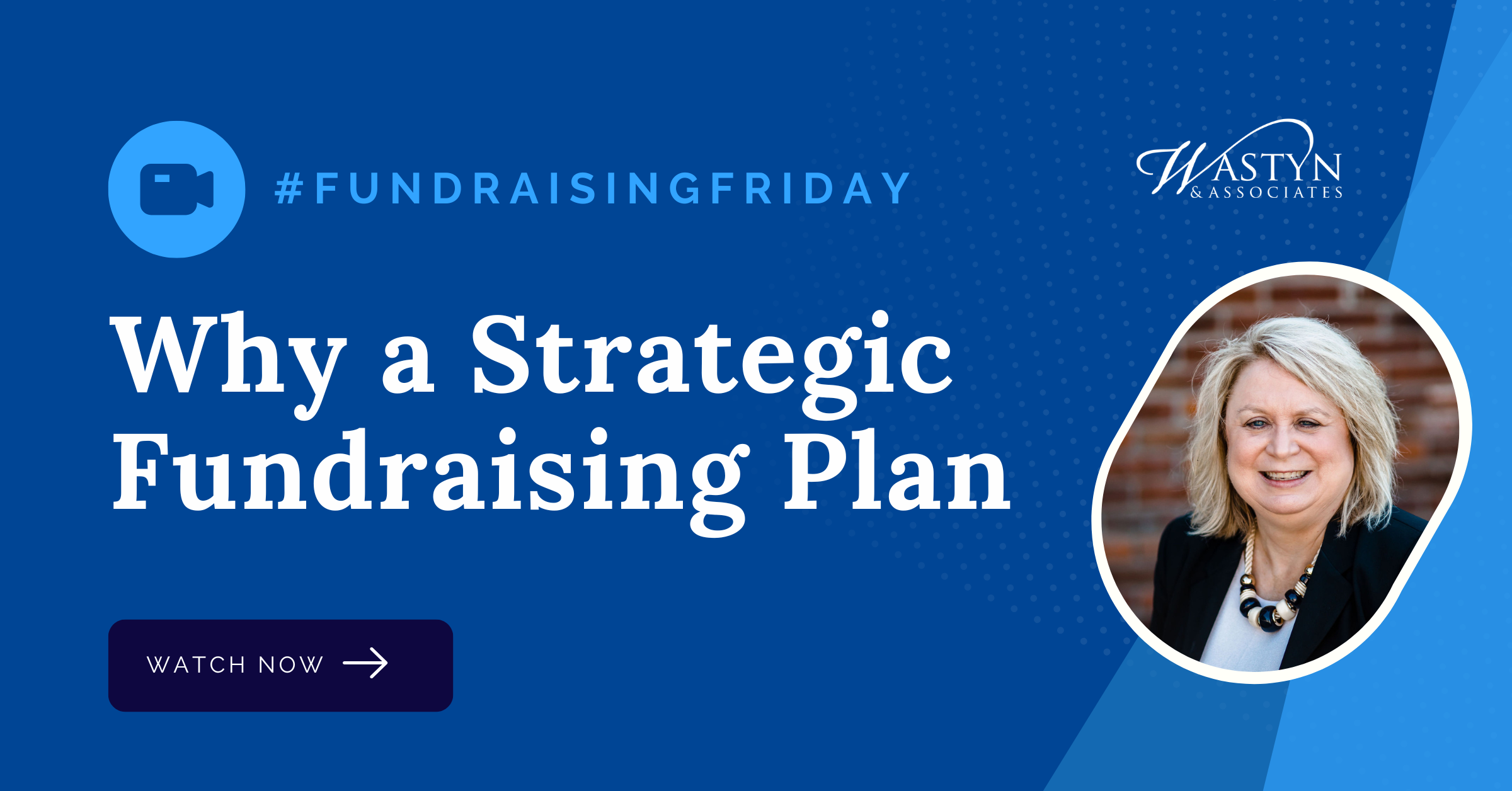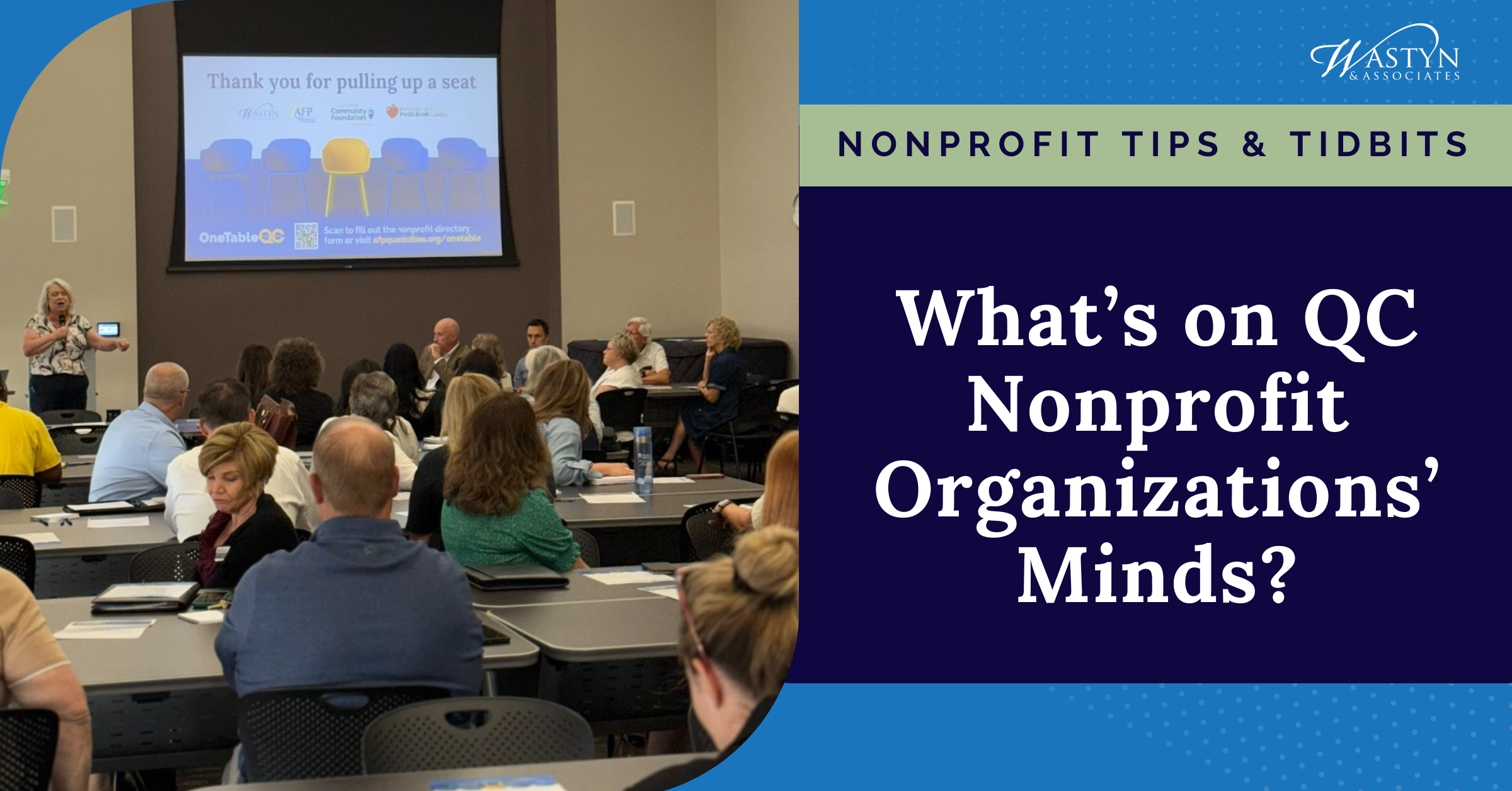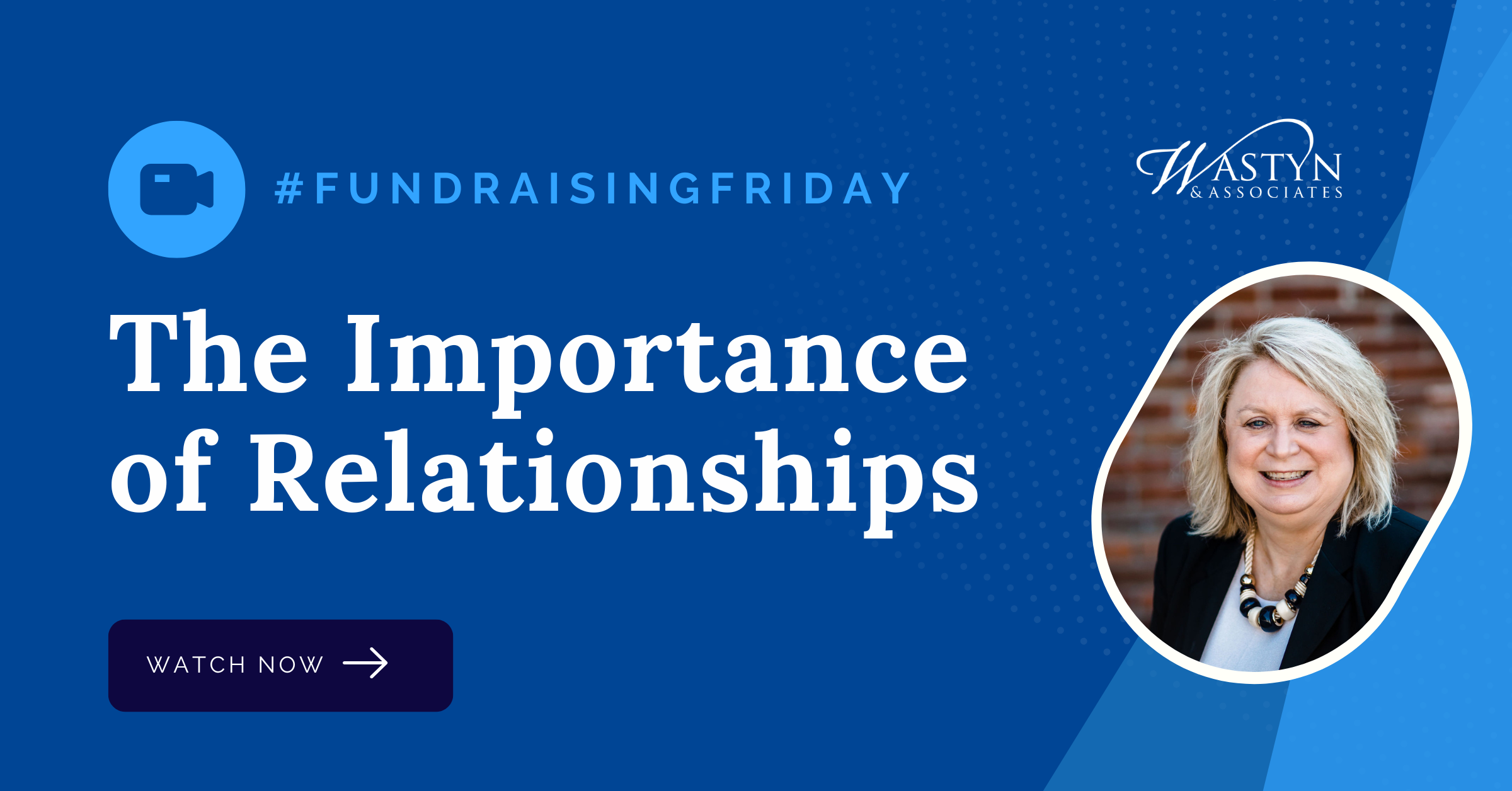State of Quad Cities Nonprofits Part II: How You can Improve Your Odds of Survival
The last Nonprofit Tips and Tidbits reported on data gathered from a survey I conducted of local nonprofits about the state of their organization as the community moves from the response to recovery phase of the pandemic and resultant economic fallout. In short, the survey found that:
43% of nonprofits significantly cut services or pretty much shut down in the pandemic, with about an equal number in each category and representing each nonprofit sector except human services
64% of you raised less money in the second quarter of 2020 compared to the same time in 2019 or raised pretty much nothing at all
With about one-third of nonprofits nationally projected to close because of the pandemic and recession, local nonprofits identified raising money – especially from individual major donors – and strategically planning for the future as the most highest priorities.
Each organization has a different need and approach to fundraising and organizational development, now and in these trying times. So, what can you and your organization do to survive and thrive? The simple answer: adapt and change.
I suggest three things you can begin right now to begin this critical process before your situation becomes dire.
Analyze every aspect of the agency with a dispassionate eye. When you take a dispassionate look, you let the data speak rather than keeping a program because it has become a favorite. Instead, invest in your strengths and jettison your weaknesses. Grieve the loss, let it go, and move on.
When analyzing your agency, ask yourself:
Does each program you offer still meet your clients’ needs? Have good outcomes? Still cost effective?
Do the same with your fundraising strategies. Does each strategy (events, grants, major gifts, broad based solicitations) generate the money you need? Still engage donors? Still cost effective?
And, I hate to say it, but do the same with your staff and board members. Does everyone work to their full potential, moving your organization forward instead of holding it back? If not, you may need to inject your organization with some new blood and passion.
Engage your donors early and often. Communicate with them frequently about your organization and clients, how you have adapted and changed to meet evolving needs, and how they can help or have helped. Short and frequent communication trumps a once an annual or quarterly newsletter that no one reads. Send a short video of a client, a brief email about something (positive) that happened recently, or a handwritten note (or phone call!) thanking them for their support.
Engage your board. Ultimately, your board retain responsibility for the organization’s long-term financial and organizational health. Charge them with developing plans and processes for the organization to emerge from this crisis healthy and prepare for the next one. And if every board member has not given this year, shame on them. If you have not asked them, shame on you. Giving should start at home and that means your board.
We know that this too shall pass. Taking these steps while remaining intentional and flexible will help assure that your organization falls in the two-thirds who successfully weather this crisis.











With 30% of all donations made during the month of December, how you finish the year with your appeal strategy might make or break your fund development goals and your organization's budget. These tips can help you end the year strong to maximize the revenue you raise.